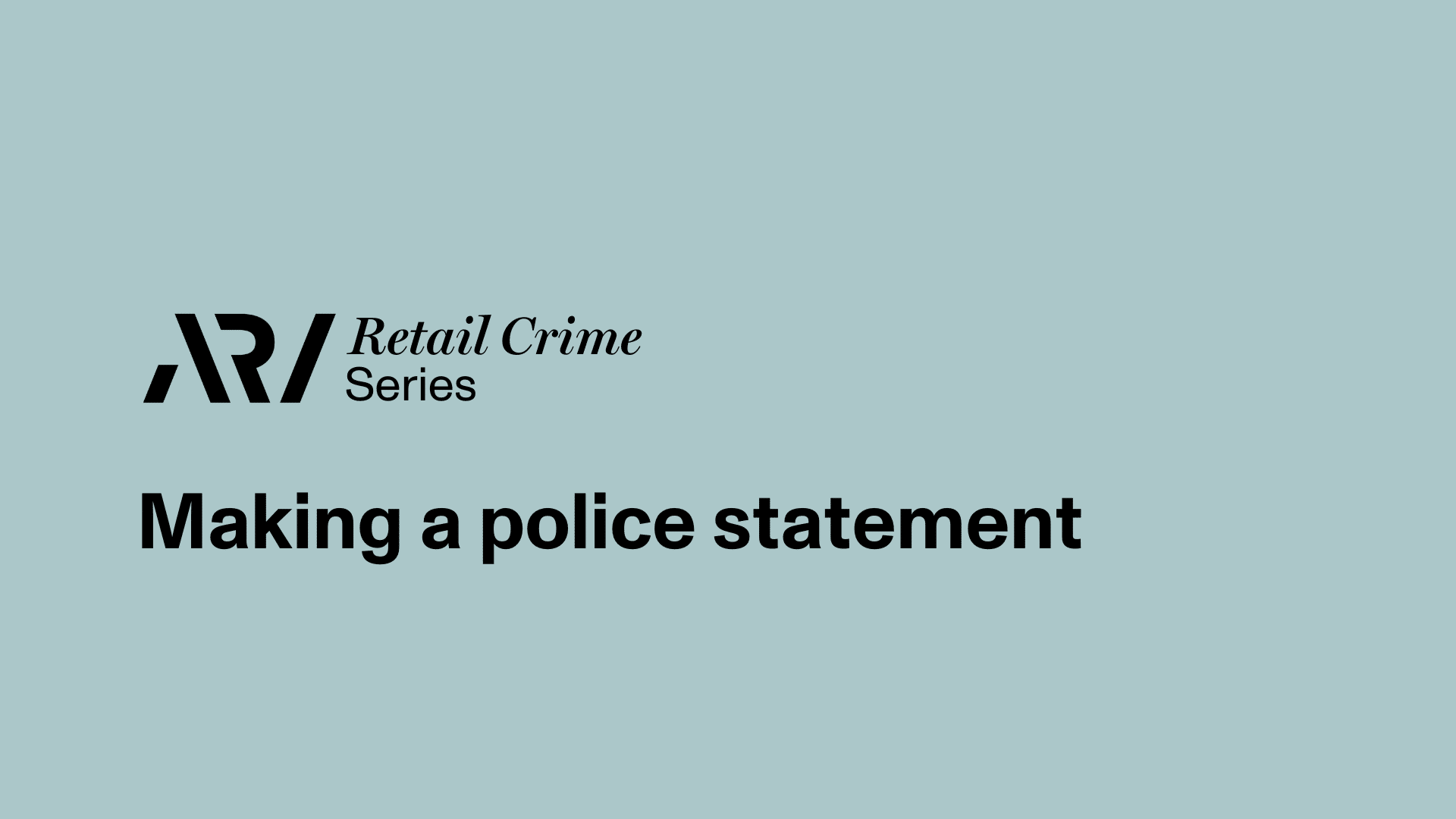If a crime such as theft or violence takes place at your business, staff and customers who witnessed the event may be asked to provide a police statement. A police statement is simply an account of what a person witnessed that is used by the police to help identify and prosecute the offender. It might sound a bit intimidating – especially right after witnessing a crime – so the ARA has pulled together some guidance on what kind of information to include. These are also the kinds of details to try to pay attention to during a criminal event.
Firstly, police statements should be genuine and not influenced by another person’s perception of the event: that’s why it’s important for witnesses not to talk to each other about what happened until after providing their statements to the police. After a crime takes place in your business, you or a senior staff member should instruct staff and customers not to talk to each other about the event. You may wish to ask them to write down what happened individually while waiting for the police to arrive. If any customers want to leave, let them, but ask for their names and phone numbers so that police can contact them later.
Details that the police would want to know include:
- The date, time and address of the incident
- The location within the store (e.g. front counter, a back room)
- What happened, what the offender did and said, what you as a witness did and said
- Entry and exit points, where the offender walked and stood, what they touched
- A description of the offender, including
-
- Gender
- Age
- Build (e.g. slim, obese)
- Height
- Hair colour and hair type (e.g. straight, curly, bald)
- Eye colour
-
- If they were wearing glasses
- Race
- Complexion
- Facial hair
-
- Other features (scars, birthmarks, tattoos, skin conditions)
- Posture
- Movement
- Speech (slow, stuttering, slurred, type of accent)
- Clothing, footwear and accessories (including any logos or motifs)
- A description of any weapons
- A description of any vehicles (make, model, colour, registration number, what state it’s registered in, any damage to the vehicle)
- Who you are (e.g. employee, customer)
- Your name, contact details and signature.




















